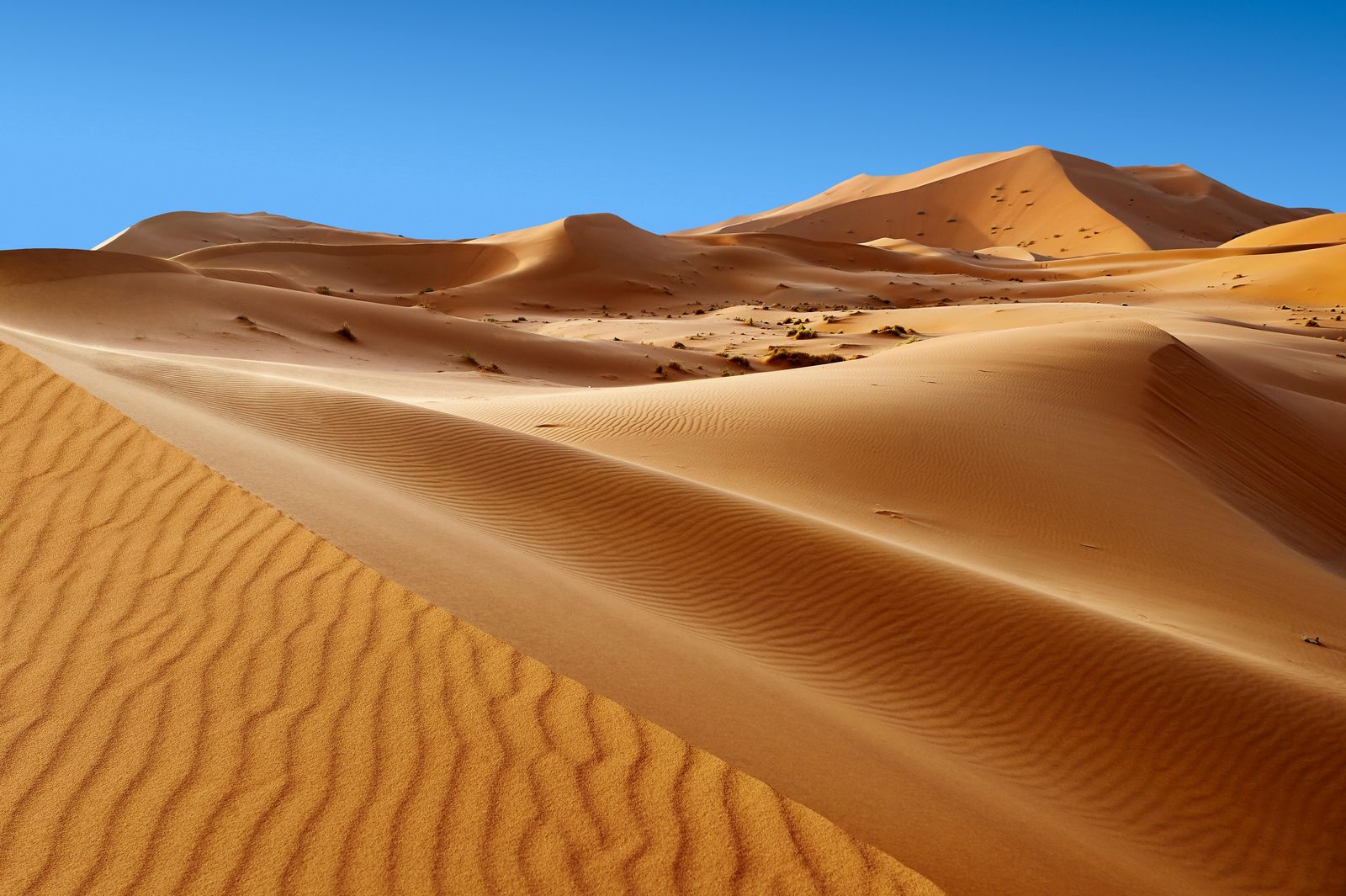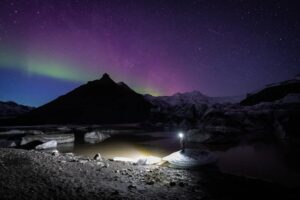In the vast and arid expanse of the Sahara Desert Sahara, life flourishes in ways that may seem impossible to outsiders. In north Algeria, where the sand meets the sky, communities have found a way to make the Algerian desert their home, adapting to its extreme conditions with resilience and ingenuity.
Despite the harsh climate, people have lived in the desert of Algeria for thousands of years, relying on natural resources, ancient traditions, and deep-rooted cultural practices. Unlike the image of an empty wasteland, the Sahara Desert North Africa is a land of movement, trade, and survival, where communities thrive in both nomadic and settled lifestyles.
Where is the Sahara Desert Located?
For those unfamiliar with the region, a common question is where is the the Sahara Desert? Covering a vast portion of north Algeria, the Sahara where is it located spans multiple countries, stretching from the Atlantic Ocean in the west to the Red Sea in the east. Within Algeria, this immense desert landscape is home to both rolling Sahara desert sand dunes and rocky plateaus.
If you’re wondering where are the Sahara Desert located, Algeria is one of the best places to witness its diverse landscapes. In the eastern Sahara Desert, rugged cliffs and hidden valleys tell stories of ancient civilizations that once thrived in a greener past. Meanwhile, the Sahara sand shifts endlessly with the wind, shaping towering dunes that can reach heights of over 500 feet.
The People Who Call the Sahara Home
Many people ask who lives in the Sahara Desert and how they manage to survive in such an unforgiving place. The Sahara Desert people include both settled populations and Sahara Desert nomads, each with their own traditions and ways of adapting to the harsh conditions.
The tribes of the Sahara Desert have long played an essential role in shaping the region’s history. The Tuareg, known for their striking indigo-blue garments, have been desert traders for centuries, guiding caravans across the Algeria Sahara and beyond. Alongside them, the Chaamba people and other tribes in the Sahara Desert continue to practice livestock herding, moving between seasonal pastures.
Not all desert dwellers remain on the move. Some have established permanent settlements in the Sahara Desert cities, where access to water has made agriculture possible. Oasis towns like Ghardaïa and Djanet offer a different perspective on desert life, where markets, traditional homes, and historic architecture reflect centuries of adaptation.
Trade and Movement Across the Desert
Trade has always been central to life in the Algerian Sahara. For centuries, camel caravans crossed the Sahara sea of sand, connecting distant markets and carrying goods like salt, spices, and textiles.
Today, modern roads and transportation have replaced many traditional trade routes, but the spirit of commerce remains. Markets in the Sahara Desert cities bustle with activity, selling handcrafted goods, woven carpets, and intricate silver jewelry, much of it inspired by the traditions of the nomads in the Sahara Desert.
Even in the most remote corners of the desert in Algeria, small roadside stalls offer travelers a taste of local hospitality, serving mint tea and desert-grown dates to those passing through.
The Role of Camels in Trade and Economy
Camels have been a vital part of Sahara Desert Sahara communities for centuries, but their role goes beyond simple transportation.
- Desert Milk and Meat: Camel milk is highly valued in the Sahara Algeria, as it is rich in nutrients and can last longer without refrigeration than cow’s milk.
- Textiles and Leather: Camel wool is woven into blankets and carpets, while camel leather is used to make sandals, bags, and traditional saddles.
- Camel Racing: In some regions of Algeria Sahara, camel racing is a popular sport, bringing communities together for festive competitions.
The Influence of Desert Wind and Sandstorms
The Sahara Desert sand is constantly shifting, and strong winds play a major role in shaping the landscape and the way people live.
- The Harmattan Wind: This dry, dusty wind can reduce visibility for days, making travel through the Algerian desert incredibly difficult.
- Building Adaptations: Many homes in the Sahara Desert cities are built with rounded corners and smooth walls to reduce wind resistance and minimize sand buildup.
- Clothing Protection: The traditional head coverings worn by the Sahara Desert people, such as the Tuareg tagelmust, help shield against sand and heat while allowing airflow.
Hidden Rivers and Underground Lakes
While the Sahara where is it located is known for being dry, there are actually hidden rivers and lakes beneath the surface.
- The Underground Lakes of Ain Salah: In the heart of the Algerian Sahara, hidden water reserves exist beneath the sand. These underground lakes have provided water for centuries, though modern extraction methods now threaten their sustainability.
- The In-Salah River System: Although no surface water flows year-round, ancient riverbeds known as wadis flood occasionally, bringing brief moments of fertility to the desert.
- Salt Lakes: In some parts of the eastern Sahara Desert, dried-up ancient lakes have left behind massive salt flats, which are still harvested for trade.
The Changing Role of Women in Desert Communities
Women in the Algerian Sahara have always played an important role in community life, but their contributions often go unnoticed.
- Tuareg Matriarchal Influence: Among the Tuareg, women traditionally have a strong role in decision-making, property ownership, and passing down oral traditions.
- Handmade Crafts and Textiles: Many women in the Sahara Desert cities support their families by weaving carpets, making jewelry, and selling pottery in local markets.
- Women-Led Agricultural Cooperatives: In some Sahara Desert nomads communities, women have formed farming cooperatives to manage small oasis farms and livestock.
Ancient Tombs and Sacred Burial Sites
The Sahara Desert North Africa is home to countless historical and sacred sites, some of which are still undiscovered.
- The Pyramid Tombs of Tin Hinan: Near Tamanrasset, these ancient tombs are believed to belong to Tin Hinan, the legendary ancestor of the Tuareg people.
- Stone Circles of the Hoggar Mountains: Some rock formations in the desert Algeria are arranged in mysterious patterns, leading archaeologists to believe they were used for ancient rituals or astronomy.
- Nomadic Burial Traditions: Many tribes in the Sahara Desert bury their dead in unmarked graves, using the natural movement of the sand to conceal and protect the resting places.
The Impact of Modern Technology on Nomadic Life
While traditional desert life remains strong, modern technology is beginning to change how people live in the Algerian Sahara.
- Solar Power for Remote Communities: Many villages now use solar panels to generate electricity, allowing access to lighting, communication, and refrigeration.
- Mobile Phones in the Desert: Even in remote parts of the Sahara Algeria, mobile phones help connect families and enable trade between isolated settlements.
- Satellite Mapping for Nomads: Some nomads in the Sahara Desert now use GPS devices to help navigate the shifting dunes.
Final Thoughts: The Enduring Spirit of the Desert
The Algerian Sahara is not just a place of survival—it is a land of history, resilience, and deep cultural roots. Whether through ancient traditions, hidden natural wonders, or the quiet strength of its people, the Sahara Desert North Africa continues to be a land of both challenge and beauty.
Despite modernization, the traditions of the Sahara Desert people remain strong, proving that even in the harshest conditions, life finds a way to thrive.


